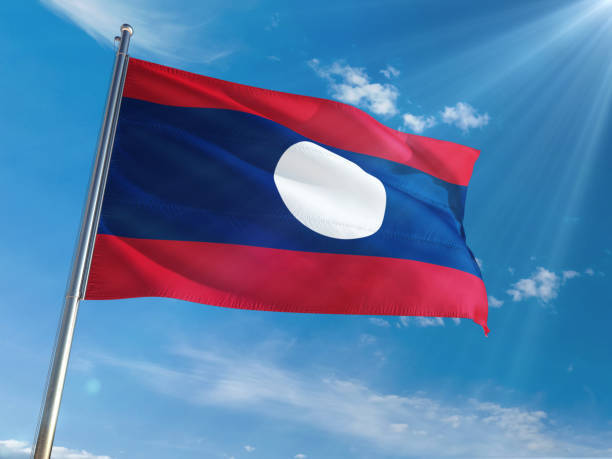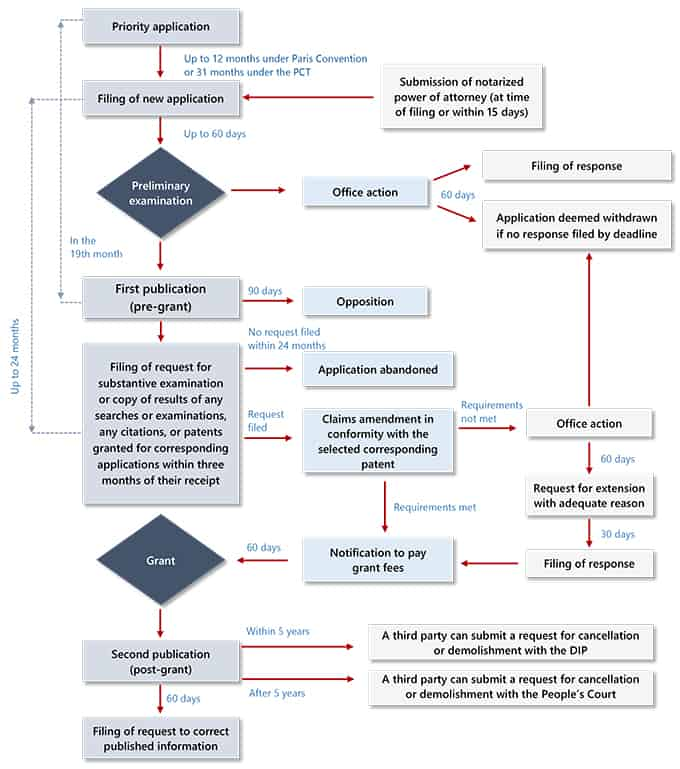
The Laos’ Department of Intellectual Property (DIP) recently published its Decision on Patents and Petty Patents No. 1714/MOST, which dated 15 December 2020, in the Official Gazette on 23 December 2020. The decision made was a replacement for and a comprehensive revision of a similar decision made in 2012, and it is currently the latest step in the country’s resolute efforts to strengthen its patent regime. The regulation update clarifies and simplifies many key points, in which the most significant points are as follows.
Priority Date
Applications which are filed under the Patent Cooperation Treaty (PCT) now have a 31-month time limit for entering the national phase, counting from the priority date, also known as, date of filing the patent application. This improves on the 2012 decision, which had the time limit set at 30 months upon successful application under the PCT.
Submission of Original Documents
As per the previous 2012 decision, original documents must still be submitted within 60 days upon filing a patent application. Nevertheless, if a pre-filled, unsigned form for the power of attorney and deed of assignment is submitted, scanned copies of the notarized power of attorney and deed of assignment must be submitted within 15 days, which is down from 60 days under the 2012 decision.
International Classification
Applicants may ask the Department of Intellectual Property (DIP) for indication of the international class of patent and petty patent applications, wherein applicants may file and amendment form with the DIP free of charge, if any amendments are required to said class. However, international classification was not mentioned in the 2012 decision.
Publication Timeline
Applications for patents or petty patents will be published on the 19th month after the filing of the application or priority date. Contrary to the 2012 decision, said previous decision did not disclose any publication timeline for patent or petty patent applications.
Opposition
Procedures set forth for an opposition to a patent or a petty patent application are clear and concise under the latest decision, as the procedures were not disclosed in the 2012 decision. Opposition may only be allowed 90 days from the first publication of the patent or petty patent application.
Examination Request Period
The 2012 decision only provided a broad description for examination. However, the 2020 decision provides clear guidelines on procedures, requirements, and timeline of this phase. The applicant must request for substantive examination within 24 months upon the date of filing of the application for patents and within six months for petty patents. Further, international substantive examination results may be filed within three months of their receipt.
Claims
An excess fee will only be applied to each independent claim in excess of 3 and each dependent claim in excess of 15.
Error Connection
The 2020 decision permits the correction of errors found in the publication of a patent after it has been granted, in which correction requests must be made within 60 days of the date of publication.
Cancellation and Withdrawal
Third parties may file for cancellation of applications with the DIP within five years after the relevant publication date in the Official Gazette. If more than five years has elapsed since the relevant patent’s publication date, the application should be filed with the People’s Court. The 2012 decision has only made mention about cancellation or withdrawal in broad terms.
Annuity Payments
For annuity payments, there is a six-month grace period for renewal and annuity payments for all patent applications.
Filing Process for Patents and Petty Patents
The new decision on patents and petty patents was the main topic for a roundtable discussion between Tilleke & Gibbins and the Lao DIP on 31 March, 2021. In preparation for the meeting, IP specialists at Tilleke & Gibbins developed a flowchart of the patent-filing process in Laos, which emphasizes on key points of the new decision and provides a touchstone for the dialogue, allowing for practical and productive discussions of each step of the process. Additionally, the process flowchart acts as a helpful guide for those unfamiliar with the process, which is illustrated in the flowchart below:

The new process flowchart serves as a useful practice overview and may provide helpful insights on best practices for obtaining a patent in Laos. As a result, this may help reduce the backlog of pending patent applications in the coming years. The successful realization of this improvement would be positive news for Laos, as it would allow incoming registrations of these crucial rights to be completed in a timely manner, thereby attracting more potential investment in technology from companies that would be able to rely on legal protections for their patented inventions.
Trust Pintas with filing your patents in Laos
The Pintas team is trained to assist you from the early stages of your Patent Application in Laos up until the end. With a big team of drafters ranging from various education al fields and a tight management of Patent deadlines by the procedural team, Pintas will be able to assist you with a worry free Patent Application process.
Filing a patent in Laos may be a confusing process that may take a lot of time, effort, and money. Nevertheless, you’ll give yourself – and your brilliant invention – the best chance at actually changing lives for the better if you work with IP consultants who have experience and knowledge to efficiently bring your patent application to a favourable outcome.
References:
Updated Regulations on Filing Patents and Petty Patents in Laos – Tilleke & Gibbins
Updated Regulations On Filing Patents And Petty Patents In Laos. | Conventus Law
Chart-Updated-Regulations-on-Filing-Patents-and-Petty-Patents-in-Laos.jpg (680×769) (tilleke.com)
